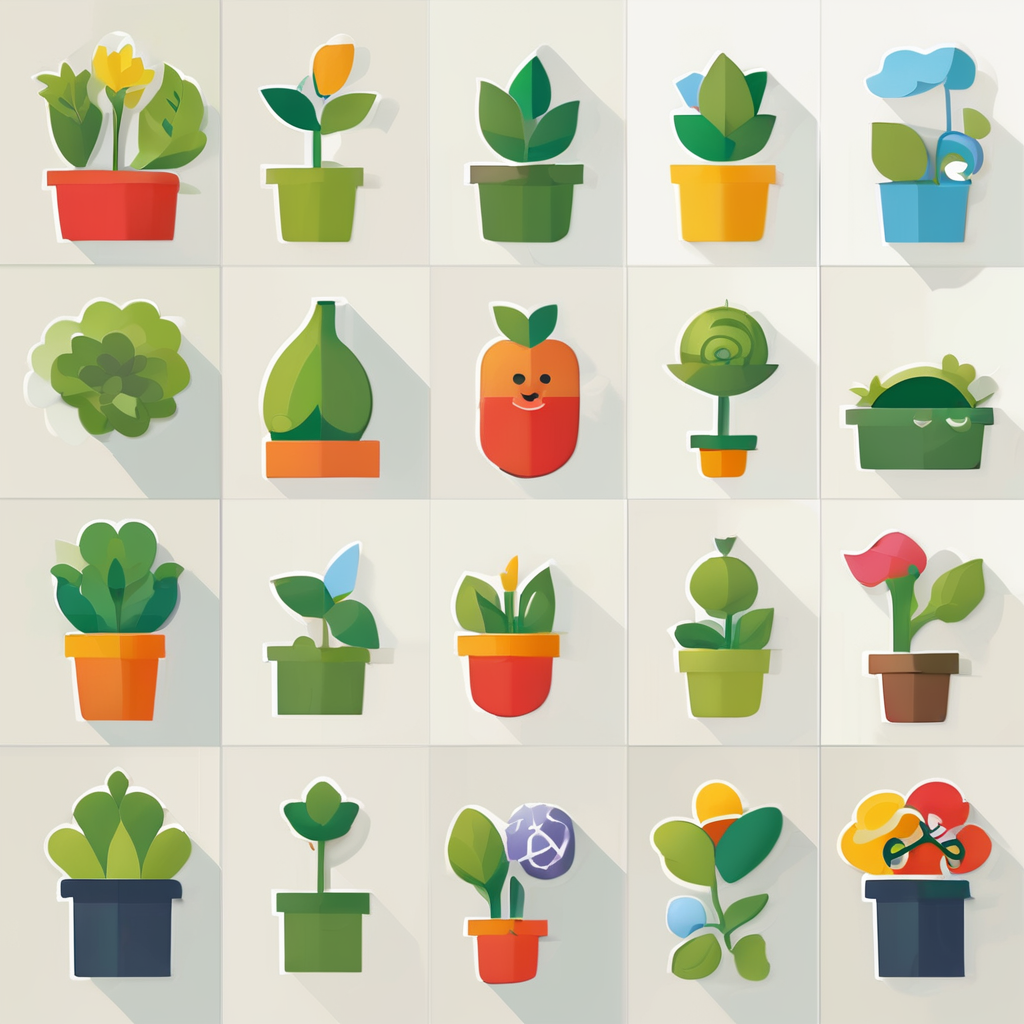Essential Tips for Safeguarding Your UK Home’s Swimming Pool Against Child Accidents
When it comes to ensuring the safety of children around swimming pools, it is crucial to be proactive and meticulous. Here are some essential tips and guidelines to help you create a safe environment for your young ones.
Understanding the Risks
Before we dive into the tips, it’s important to understand the risks associated with swimming pools and children. Drowning is one of the leading causes of accidental death in children, and it can happen silently and quickly. Here’s what you need to know:
In parallel : Find the best inflatable baby floats for splashing fun
- Supervision: Constant supervision is key. Children can drown in as little as 1 inch of water, and it can happen in a matter of seconds.
- Environmental Factors: The pool area itself can pose risks, including slippery surfaces, inadequate fencing, and lack of safety equipment.
- Health and Safety: Children with certain health conditions or disabilities may require additional precautions.
Installing and Maintaining Safety Barriers
One of the most critical measures to safeguard your swimming pool is the installation of safety barriers.
Fencing
- Height and Material: The fence should be at least 4 feet tall and made of durable material that is difficult for children to climb. It should also be free from any objects that could be used as a climbing aid.
- Gates: Gates must be self-latching and self-closing, with the latch at least 54 inches above the ground. This ensures that children cannot easily open the gate.
- Inspections: Regularly inspect the fence and gates to ensure they are in good condition and functioning properly.
Pool Covers
- Types: There are various types of pool covers, including manual and automatic covers. Automatic covers are more convenient but also more expensive.
- Usage: Always cover the pool when it is not in use. Make sure the cover is tightly secured to prevent children from slipping underneath.
Supervision and Emergency Preparedness
Constant Supervision
- Adult Presence: Always have an adult present when children are using the pool. This adult should be free from distractions such as phones or reading materials.
- Swimming Lessons: Enroll your children in swimming lessons to teach them basic water safety skills. However, do not rely solely on swimming lessons as a safety measure.
Emergency Equipment
- Life Jackets and Flotation Devices: Keep life jackets and flotation devices nearby. However, these should not replace supervision.
- First Aid Kit: Ensure you have a first aid kit nearby and know how to use the items in it.
- Phone Access: Keep a phone close to the pool area in case of emergencies.
Creating a Safe Pool Environment
Pool Area Safety
- Slip-Resistant Surfaces: Ensure the area around the pool is slip-resistant to prevent falls.
- Clear Pool Area: Keep the pool area clear of toys, furniture, and other objects that could pose a tripping hazard.
Water Safety
- Water Depth: Be aware of the water depth and ensure that children are not swimming in areas that are too deep for them.
- Water Temperature: Check the water temperature before allowing children to swim. Water that is too cold can be dangerous.
Educating Children and Adults
Water Safety Education
- Teach Children: Educate children on basic water safety rules, such as entering and exiting the pool safely and not pushing others into the water.
- Adult Education: Ensure all adults who will be supervising children around the pool are educated on water safety and emergency procedures.
Pool Rules
- Clear Rules: Establish clear rules for pool use, such as no running, no diving, and no swimming alone.
- Signage: Post clear signs around the pool area outlining the rules and safety precautions.
Additional Safety Measures
Alarms and Sensors
- Pool Alarms: Install pool alarms that sound when someone enters the pool. These can be especially useful for young children who might accidentally fall into the pool.
- Door and Gate Alarms: Install alarms on doors and gates leading to the pool area to alert you if a child is approaching the pool unsupervised.
Regular Inspections
- Pool Equipment: Regularly inspect pool equipment to ensure it is in good working condition.
- Safety Equipment: Check safety equipment such as life jackets and flotation devices to ensure they are in good condition and easily accessible.
Community and Professional Resources
Child Protection Policies
- Organizational Policies: If you are part of a swimming club or community center, ensure that the organization has robust child protection policies in place. For example, Swim England is reviewing historical safeguarding cases to ensure children’s safety.
- Staff and Volunteers: Ensure that all staff and volunteers who interact with children have undergone background checks and are trained in child protection and water safety.
Online Safety Information
- Government Guidelines: Refer to government guidelines and resources such as the Social Care Common Inspection Framework (SCCIF) which provides detailed information on safeguarding children in various settings, including homes and community facilities.
Practical Advice and Actionable Steps
Here are some practical steps you can take to ensure your swimming pool is safe for children:
Also read : Effective Strategies to Minimize Water Loss from Your UK Home Swimming Pool
Detailed Checklist
- Fencing and Gates:
- Ensure the fence is at least 4 feet tall.
- Check that the gate is self-latching and self-closing.
- Inspect the fence and gates regularly.
- Pool Covers:
- Use a pool cover when the pool is not in use.
- Ensure the cover is tightly secured.
- Supervision:
- Always have an adult present when children are using the pool.
- Ensure the adult is free from distractions.
- Emergency Equipment:
- Keep life jackets and flotation devices nearby.
- Ensure you have a first aid kit and know how to use it.
- Keep a phone close to the pool area.
- Pool Area Safety:
- Ensure the area around the pool is slip-resistant.
- Keep the pool area clear of toys and furniture.
Table: Comparison of Safety Measures
| Safety Measure | Description | Importance |
|---|---|---|
| Fencing | At least 4 feet tall, self-latching gate | Prevents unauthorized access to the pool |
| Pool Covers | Manual or automatic, tightly secured | Prevents accidental falls into the pool |
| Supervision | Constant adult presence | Ensures immediate response to emergencies |
| Emergency Equipment | Life jackets, flotation devices, first aid kit | Provides tools for emergency response |
| Pool Area Safety | Slip-resistant surfaces, clear area | Prevents falls and tripping hazards |
| Alarms and Sensors | Pool alarms, door and gate alarms | Alerts adults to potential dangers |
Quotes and Real-Life Examples
- “Children who are new to the home are always welcomed sensitively and with the best possible planning… Staff always promote positive endings and help them to build their ‘life story’,” highlights the importance of careful planning and supervision in safeguarding children, a principle that can be applied to pool safety as well.
- A real-life example is the case of Swim England reviewing historical safeguarding cases to ensure children’s safety, emphasizing the need for continuous vigilance and improvement in safety protocols.
Safeguarding your home’s swimming pool against child accidents is a multifaceted task that requires careful planning, consistent supervision, and the implementation of various safety measures. By following these tips and staying informed, you can significantly reduce the risks associated with swimming pools and create a safer environment for your children.
Remember, safety is everyone’s responsibility, whether you are a parent, carer, or part of a community organization. By working together and staying vigilant, we can ensure that our children enjoy the water safely and healthily.













